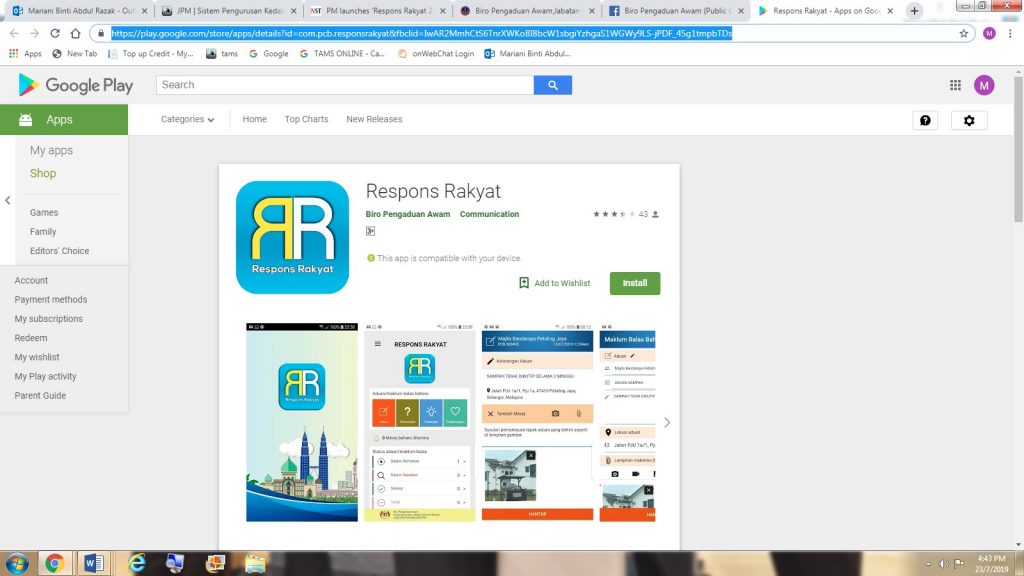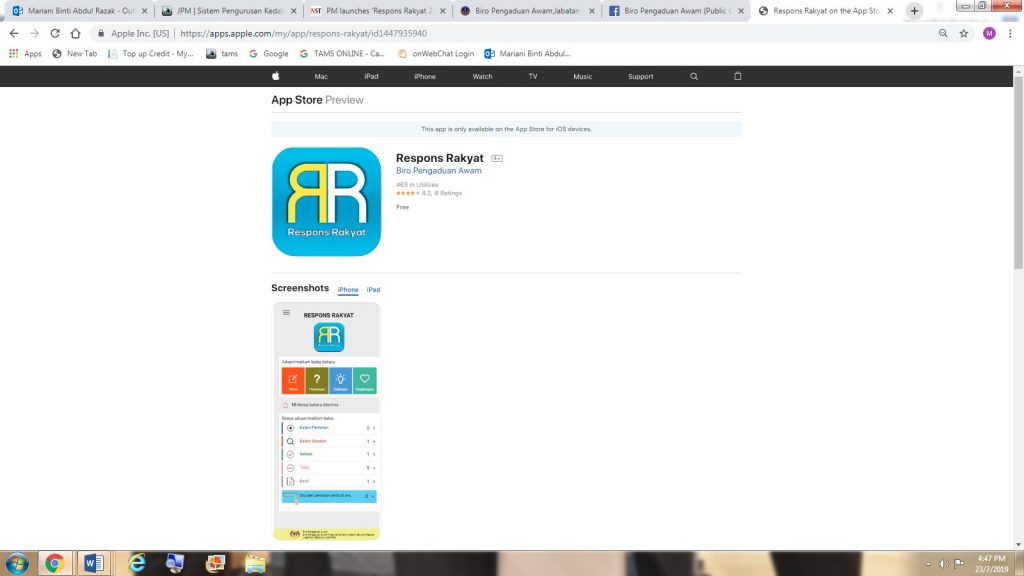By Muhamad Saifullah Bin Roslan
The animation industry in Malaysia is still at an infant stage compared to the bigger countries such as the United States and Japan, which is the biggest in the production of animation with famous animation studios such as Pixar, Walt Disney, Dreamworks and Toei Animation. Philip (2019) stated that it is common knowledge that Los Angeles, Tokyo and Paris are among the top established animation hubs. As reported in “Global Animation, VFX & Games Industry: Strategies, Trends & Opportunities” (2019) the total value of global animation industry was US$ 259 billion in 2018 and is projected to reach US$ 270 billion by 2020.
The history of Malaysian animation industry goes back to 1978 when the first animation in Malaysia, a short film, Hikayat Sang Kancil was produced in by the National Film Department of Malaysia (FNM) and this short animation film successfully being screened in 1983. The film was accepted very well among the Malaysian audiences and this situation led to the appearances of more animated short films such as Sang Kancil & Monyet, Sang Kancil & Buaya, Arnab yang Sombong, Gagak yang Bijak and Singa yang Haloba according to Juhan & Ismail (2016).
The Malaysian government strives for the use of digital technology in the industrial sector in 1980 and this resulted in the producing of the first animated TV series, Usop Sontorian and in 1998, the first animated film, Silat Lagenda. Following the success, another animation series, Keluang Man started being aired on the television in 1998. Governmental push for the use of digital technology has resulted in the appearance of 31 animated TV series, and 3 animated feature films in Malaysia (Juhan & Ismail, 2016).
Animation sector in Malaysia starts to enlarge and portray substantial growth during the ruling of the fourth Prime Minister of Malaysia, Tun Dr. Mahathir Mohamad, Suriawati (2012) stated that, due to his excellent premiership caused the Malaysian government to urge for digital technology to be utilized to a maximum level in order to encourage the development of local contents to overcome the invasion of foreign animation that contain of elements which are not suitable for Malaysian cultural lifestyle (Hassan, 2009; Azahar & Russlan, 2010; Kamarudin & Sajilan, 2013).
Due to the emergence of 3D animation, in 2007, a new TV series, ‘Upin & Ipin’ produced by Le’s Copaques Production emerge in the animation scene in Malaysia. The series obtain a lot of popularity within the Malaysian community. The success of this TV series led to the first 3D animated film by Les Copaque Production in 2009, ‘Upin & Ipin, Geng: Penggembaraan Bermula’. Finas (2011) reported that this film became the most successful Malaysian animated film at that time with box-office returns of RM6.2 million.
Following the success of Upin & Ipin, in 2011, another 3D animated series was aired on local TV Station. Boboiboy by Animonsta Production was aired in March 2011. The first film, ‘Boboiboy: The Movie’ was released in March 2016, and it continues on with another series, ‘BoboiBoy Galaxy’ started from November 2016 to July 2018. Only after one season of the new series, another film that is the second film, BoboiBoy Movie 2 was released simultaneously in 4 countries, including Malaysia, Indonesia, Brunei, and Singapore on 8 August 2019. The Vietnamese dub version of the film was released in Vietnam on 30 August 2019. BoboiBoy Movie 2 is currently the highest-grossing animated film in Malaysia that has ever been recorded with box-office return of RM29.60 million (US$7.3 million).
According to Malaysia Digital Economy Corporation (MDEC), the Malaysian animation industry was worth RM 567.85 million (US$ 187.7 million). There are now over 100 homegrown studios that have produced more than 20 original IPs and seen their work rate to 120+ countries, with an export value of RM132 million (over $32.2 million). With these statistics, it can be proven that the animation industry in Malaysia is developing and has started to penetrate the global market and compete with international animation.
References
Aiza, M. Z. (2019). Championing Malaysia’s Digital Economy: A Case Study. Kuala Lumpur: Malaysia Digital Economy Corporation (MDEC).
Digital Vector. (2019). Global Animation, VFX & Games Industry: Strategies, Trends & Opportunities. Animation, VFX & Games Market Research.
FINAS. (2019). Collection and Admission for All Local and Foreign Films in Cinema: 2012 – 2018. Retrieved from National Film Development Corporation Malaysia FINAS : https://www.finas.gov.my/en/industry-information/
Juhan, M. S., & Ismail, N. (2016). Character Design towards Narrative Believability of Boboiboy in the Malaysian Animated Feature Film Boboiboy: The Movie. Academic Research and Solutions.
Kamarudin, H. S., & Sajilan, S. (2013). Critical success factors of technopreneurship in the creative industries: A study of animation ventures. Review of Integrative Business and Economics Research, 2(1), 1.
Les’ Copaque. (2019). Malaysia: Animating an International Brand. Retrieved from ASEAN Intellectual Property Portal: https://www.aseanip.org/Portals/0/Case%20Studies/CS%20Malaysia.pdf
Malay Mail. (2019, August 13). MalayMail. Retrieved from MalayMail: https://www.malaymail.com/news/showbiz/2019/08/13/boboiboy-movie-2-collects-rm9.9m-after-just-five-days/1780290
MarketsandMarkets. (2011, November). Global Animation & Gaming Market by Application, Geopgraphy, Market Trends and Forecast (2011-2016). Retrieved from Markets and Markets: https://www.marketsandmarkets.com/Market-Reports/animation-gaming-market-514.html
Nukman, R. (2019, November 21). Strategis in Producing BoboiBoy Galaxy the Movie 2. (R. Saiful, Interviewer)
Philip, M. (2019, March 17). Why Malaysia is the Asian Animation Market to Watch. Retrieved from Toon Boom Bring Stories to Life: https://blog.toonboom.com/why-malaysia-is-the-asian-animation-market-to-watch

